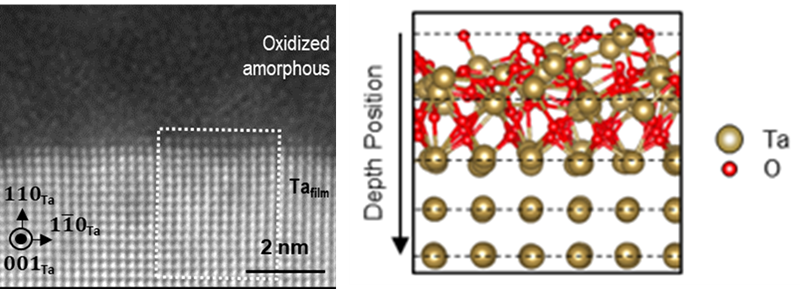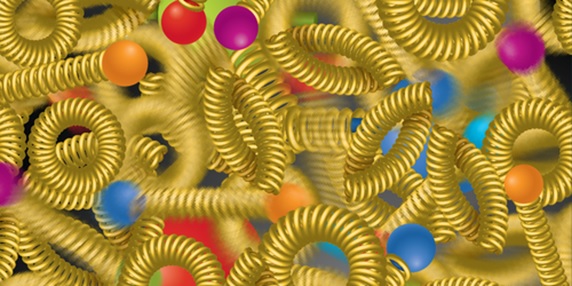Tough under stress – that’s a useful characteristic in both the people you trust and the materials you rely on. You want structures like bridges or materials in planes to be both strong and unlikely to crack.
Scientists at the Department of Energy’s Lawrence Berkeley National Laboratory and Oak Ridge National Laboratory measured the toughest material ever recorded – a metallic alloy of chromium, cobalt, and nickel. In the measurement scientists use to measure toughness, the frames used in airplanes are 35 and the best steels are around 100. In contrast, this material was 500! The material also gets tougher as it gets colder, which is very unusual.
Toughness in materials is a combination of a material being strong and ductile, the ability to bend or stretch in response to stress. In almost all materials, strength and ductility are a trade-off. If you have more of one, you have less of the other. That’s because metals are crystals. They’re made up of single units that repeat over and over again. These units make up a 3D lattice, like a Rubik’s cube. The properties of strength and ductility depend on the properties of the lattice.
But there are always small places where the single units aren’t perfectly the same. Physicists call these imperfections defects. They’re often at the boundaries where units meet. One common type of defect is called a dislocation. It’s where part of the lattice that’s imperfect meets a perfect part. When you apply force to a material, the dislocations move and the material bends. The easier for the dislocations to move, the more ductile the material is. In contrast, a material is strong when there are blockages that prevent those dislocations from moving. You need more force to bend it. However, that also makes it more brittle and prone to cracking.
This alloy is unusual because instead of the strength and ductility being tradeoffs, it has both in abundance. Part of its uniqueness comes from the fact that it’s a high-entropy alloy. Alloys are mixes of metals. They have properties from the different elements in the mix. Most alloys are mostly one element with a small amount of another one added. But high-entropy alloys have an equal mix of each element. That gives them very high strength and ductility under stress. Even within this group, this particular alloy is distinct. It has three different dislocation obstacles that give it a unique mix of properties.
While materials scientists developed high-entropy alloys 20 years ago, it’s only recently that we’ve had the technology to test exactly how good they are. Almost a decade ago, Berkeley Lab scientists got this material down to -321 F. While they wanted to test it at lower temperatures, the technology just wasn’t available. Last year, the team tested it at the temperature of liquid helium – that’s -424 F! In addition, new microscope technology allowed them to examine the different crystals and the defects down to the width of just a few atoms.
This material won’t be used in applications any time soon. It takes a long time to refine and test materials before using them in planes or bridges. But measuring and understanding this material brings us closer to using it, especially in extreme environments like deep space. In addition, it helps scientists understand how they could make materials with similar properties out of more abundant and cheaper elements.
sourced from https://www.sourcearu.com



